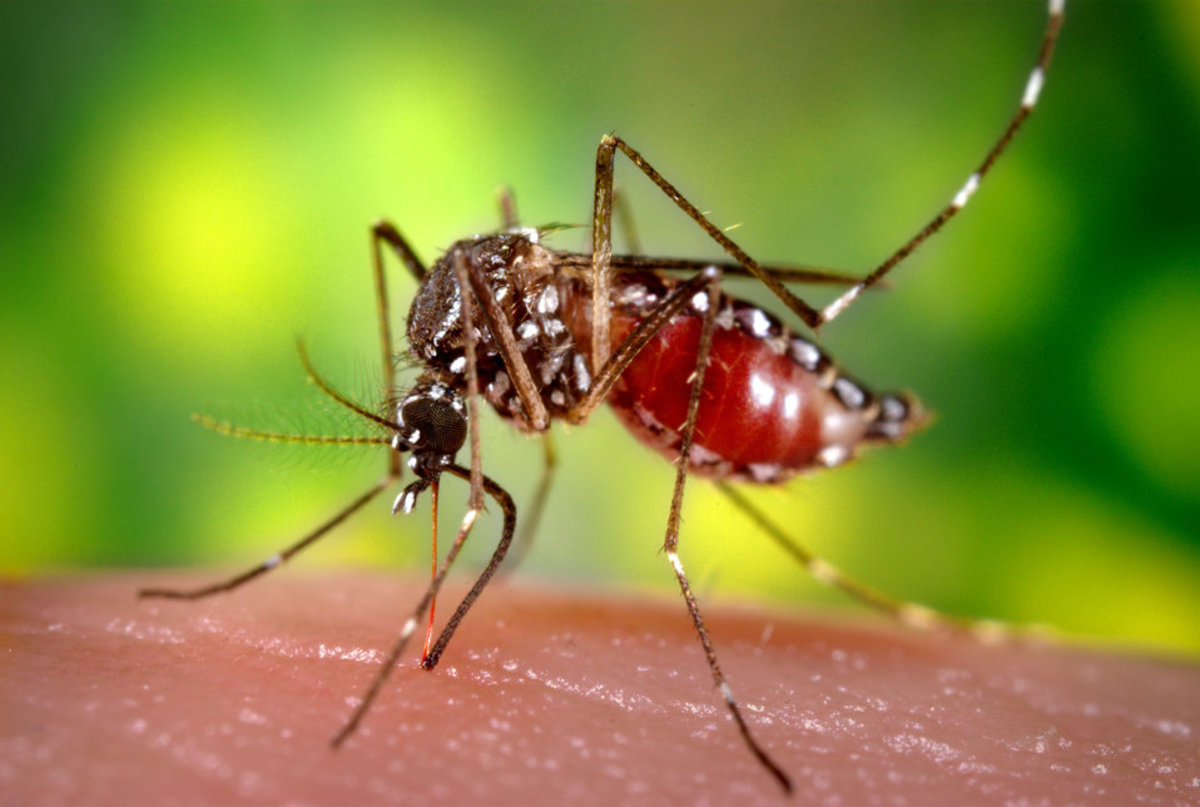Prevent Disease to Decongest Hospitals
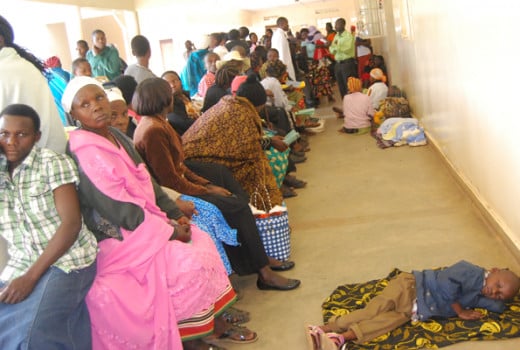
Despite the United Nations millennium development goals, many Ugandans and people around the developing world struggle to receive adequate medical attention. Patients still travel long distances to health facilities to receive medical care. Those that are in critical condition are left to God’s grace since even the roads to the facilities are in terrible state.
Nevertheless, the available health centers fill to capacity as People beat all odds in one way or another and make it to the health centers. As if that is not bad enough, the health centers are poorly equipped and are constantly lacking supplies such as medicines, vaccines, and even beds. Even the health workers are few compared to the number of patients, especially in the rural set up.
Statistics from the world health organization, WHO show that by the year 2010, the doctor to population ratio in Uganda was 1:3600 while the nurse to population ratio was1:5000. As the country’s population continues to grow the situation is not getting much better.
Whereas the world health organization minimum required doctor to patient ratio is at least 1: 1000, that of Uganda is trailing at 1:1500. This means that one doctor attends to an excess of 500 patients. A report in the observer, a local tabloid indicates that data from the Uganda medical and dental practitioners association estimates the number of doctors in the country to be about 3,894 as of the year 2012. With a population of approximately 34 million people, this means that there is just one doctor for 10,000 Ugandans. Yet eight out of ten doctors are located in urban areas, Meaning only 2 doctors attend to the rural population which constitutes 80% of total national population.
Although most of the health centers fill to capacity on a daily basis, 70% of all the patients who attend these health facilities suffer from preventable illnesses Such as diarrhea, fungal skin infection, jigger infestation, respiratory infections, eye infections, salmonellosis, malaria, worm infestation, sexually transmitted infections, and injuries mostly from road traffic accidents.
We can reverse this trend and reduce the congestion in all hospitals. This will cut down on the competition for the scarce resources in health centers and enable the remaining 30% of the patients with chronic, less preventable diseases to receive adequate medical care and attention.

Hand washing
The hands facilitate the spread of most of the communicable diseases in one way or another. Because the hands come into contact with numerous objects as we indulge in various activities throughout the day, they stand a high chance of introducing pathogens to the body from the various things they come in contact with. It is thus important to regularly clean them as one strategy of disease prevention.
Hand washing is the act of cleaning, ones hands with or without the use of water or with the use of soap for the purpose of removing soil, dirt and microorganisms. The main medical importance of washing hands is to cleanse hands of pathogens such as bacteria, viruses and chemicals which can potentially cause disease. Clean hands are required of every one, but are particularly important for people handling food, medicines, and other products consumed into the body.
The center for disease control (CDC) states that regular effective hand washing is an important measure for preventing spread of pathogens. Diseases such as those transmitted via the oral fecal route like typhoid fever, certain forms of stomach flu and those transmitted through direct physical contact such as impetigo are those best prevented by hand washing. However diseases that are air Bourne and droplet infections are not as effectively if at all prevented by hand washing. Such diseases include, tuberculosis, measles chicken pox influenza etc.
In addition to the use of adequate water and soap, the use of alcohol gels is also effective in killing some kinds of pathogens. The use of water alone may not be sufficient for effective cleansing since dirt from fats and protein which are components of organic soil are not readily dissolved in water. Soaps and detergents are thus necessary to increase solubility. Warm soapy water is more effective than cold water at removing the natural oils on the hands that hold soils and microorganisms. Warm water without soap however may not be as effective. Numerous anti-bacterial soaps are readily available on the market. However, a study by the University of Oregon, school of public health indicates that the use of plain soaps is as effective as antibacterial soaps containing triclosan in preventing illness and removing bacteria from the hands.
The right technique
One must use adequate warm running water, and wash all skin and nails thoroughly. Rinse the hands with water first. Rub the hands with soap to completely cover them, and then rub the wet soapy hands together for about 15 to 20 seconds away from the running water. Rub the wrists, thumbs, areas between the fingers and beneath the finger nails. Then rinse thoroughly from the wrist to the finger tips so that the dirty water with the pathogens runs down away from the skin rather than, onto the areas above the wrists. Use a paper towel to turn off the water, and dry the hands, and to open any door if required. The use of moisturizing lotion is recommended to avoid the skin from drying out excessively. Remember artificial nails and chipped nail polish harbor microorganisms.
A combination of proper hand washing with clean, well cooked food can significantly reduce risk of disease and thus decongest hospitals.All Utensils should be cleaned with adequate clean water and soap and should be allowed to dry thoroughly before use. All food to be eaten raw like fruits and vegetables should be thoroughly washed with clean water, to cleanse them of pesticides and where necessary be treated with warm salt solutions to further reduce bacteria.
Campaigns should be made in communities to educate and encourage people to clean up the correct way.
How to wash hands
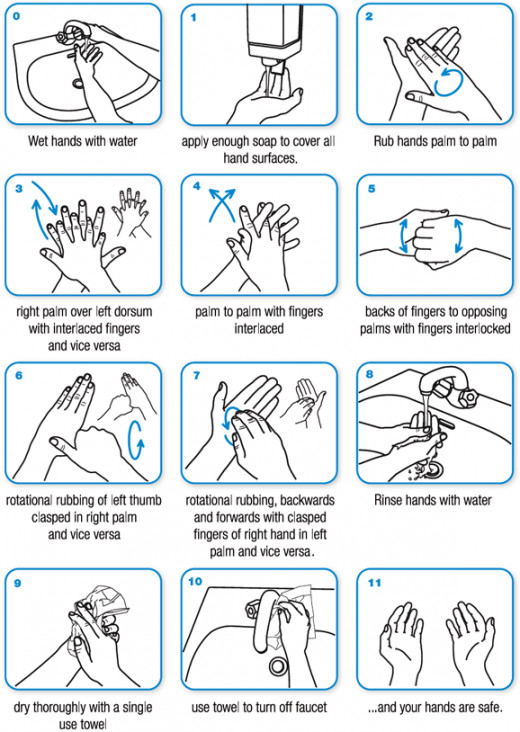
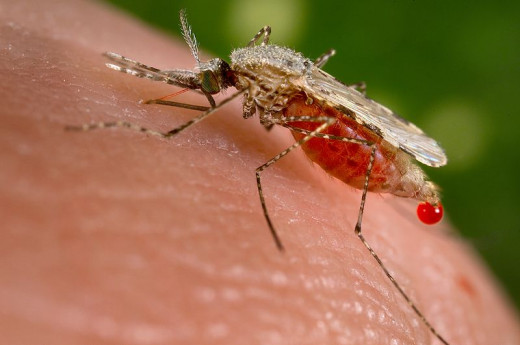
Mosquitoes lay their eggs in standing water, therefore the following actions are recommended to reduce the number of mosquito breeding sites around the home.
1. Remove all discarded tires from the compound; drill holes in the bottom of tires used for swings, unused containers or other playground equipment so that water cannot collect in them. Remove all water holding containers lying around the compound such as tins, cans plastic, jugs etc. turn over plastic wading pools and wheel barrows when not in use.
2. Remove dense bushes and weed where mosquitoes may rest and hide during the day, immediately throw away raked leaves in and other decaying mater, turn over compost piles on a regular basis. Also let your neighbors know about potential mosquito breeding grounds on their property.
3. In case you have bird births, change the water and clean them weekly. This will remove any organic matter and any mosquito eggs or larvae.
Malaria
Malaria is a life threatening disease caused by parasites called plasmodium, that are transmitted to people through the bite of infected mosquitoes. The mosquitoes are malaria vectors which bite mainly between dusk and dawn. It is estimated that in 2010 alone, malaria caused 660,000 deaths mostly among African children. Although malaria mortality rates have significantly fallen globally by, 25% since the year 2000, and by 33% in the WHO African region, the disease is still common and contributes up to 40% percent of all out patient hospital visits. Most cases are among African children where a child dies every minute from malaria.
Malaria is transmitted exclusively through bites from female anopheles mosquitoes and the intensity of transmission depends on factors related to the parasite, the vector, the human host, and the environment. About 20 different anopheles species are locally important around the world, and all of these bite mostly at night and breed in water. Transmission is more intense in places where mosquito life span is longer so that the parasite has time to complete its development inside the mosquito, and where mosquitoes prefer to bite humans rather than other animals. Because the African mosquito has a considerably longer life span, and a stronger human biting habit, more than 90% of the world’s malaria deaths are in Africa. It is important to note that human immunity is an important factor in the transmission of the disease, especially in adults in areas of moderate or intense transmission conditions. Partial immunity is developed over years of exposure. Although this does not give complete protection, it significantly reduces the risk that malaria will cause severe disease.
Prevention
It is a fact that malaria is preventable and curable, and several prevention and control measures are in place to reduce the disease burden in various parts of the world. Vector control is the main strategy presently being used against malaria transmission. It is the most practical way of prevention at community level. There are two forms of vector control,
Insecticide treated mosquito nets
The world health organization recommends coverage for all persons at risk. These include young children, pregnant women, people with HIV/AIDS, and international travelers from non endemic areas because they lack immunity. Various governments in endemic areas in association with development partners have launched drives to give out free insecticide treated mosquito nets, so that all people can sleep under nets at night.
In door residual spraying with insecticides
Indoor residual spraying is another effective way of controlling the mosquito. However its full potential is realized when at least 80% of the houses in a target area are sprayed. However in some countries like Uganda the use of DDT and other long lasting insecticides is not yet popular.
Chemo-prophylaxis
Antimalarial medicines can also be used to prevent malaria especially among travelers moving from non-endemic areas. WHO also recommends intermittent preventive treatment with sulfadoxine-pyrimethamine for pregnant women in high transmission locations, at each scheduled antenatal visit after the first trimester.
Reducing mosquito breeding sites
Although this strategy has not been fully embraced in many parts of the world, there is evidence that targeting and reducing the number of mosquito breeding sites around the home significantly lowers risk of being bitten by mosquitoes. A study by the London school of hygiene and tropical medicine, in collaboration with Durham university and other researchers found that making temporary changes to mosquito habitats to disrupt breeding, for example by clearing drains so that water can flow or larviciding by adding chemicals or biological larvicides to standing water may reduce the number of malaria cases by up to 75%. This method targets immature mosquitoes found in standing water, before the females develop into flying adults. This strategy is an important supplement to insecticide treated nets and indoor residual spraying particularly because of the increasing resistance to insecticides among mosquitoes.
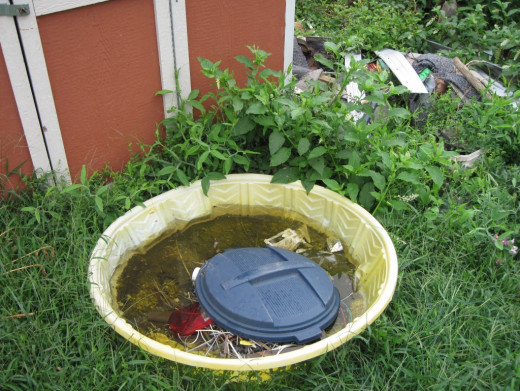
Sexually Transmitted Diseases
These are the second commonest cases especially among adults aged between 18 and 35 years, despite the massive worldwide campaign about safe sex. There are several preventative measures against STIs as follows:
Abstinence; Not having sex is the most reliable way to avoid infection. Many religious groups promote this method and it has helped cut down on new infections especially among the younger youth. Abstinence envelopes all forms of sex such as Anal, oral and vaginal sex.
Mutual monogamy and faithfulness; Another reliable way is staying in a long term mutually monogamous relationship with an uninfected partner. This means you are sexually active exclusively with one person who also agrees to have sex exclusively with you. Open honest communication is vital in this method. There must be reliable medical evidence that you are both free from STDs before you start indulging.
Correct, consistent condom use; Scientific evidence has shown that correct consistent use of the male (or female) latex condoms is effective in reducing STD infection. Condoms come in various sizes and designs. One should learn their appropriate preferences. Various health centers distribute male latex condoms for free. So there is no excuse for having unprotected sex.In addition to condom use, there is need to reduce the number of sex partners. This further reduces the chance of infection.
Everyone should be encouraged to know there STD status, particularly HIV. This is a critical step towards minimizing transmission. Testing at a health facility is the only sure way of knowing ones status. Many STDs are easily diagnosed and treated. If you or your partner is infected, both of you can and need to receive treatment at the same time. But remember the presence of STDs in a relationship can cause so many complications including loss of trust. So, prevention is always better than cure.
We can reduce the massive numbers that crowd the hospitals and health centers on a daily basis, but it takes some effort. Regular exercise coupled with a healthy balanced diet is equally important. There is overwhelming evidence regarding exercise and prevention of heart disease, diabetes mellitus and many other non-communicable ailments.
A happy fulfilling life is possible but it starts with good health. A healthy population is a productive one.
This content is for informational purposes only and does not substitute for formal and individualized diagnosis, prognosis, treatment, prescription, and/or dietary advice from a licensed medical professional. Do not stop or alter your current course of treatment. If pregnant or nursing, consult with a qualified provider on an individual basis. Seek immediate help if you are experiencing a medical emergency.
© 2013 Ian Batanda


